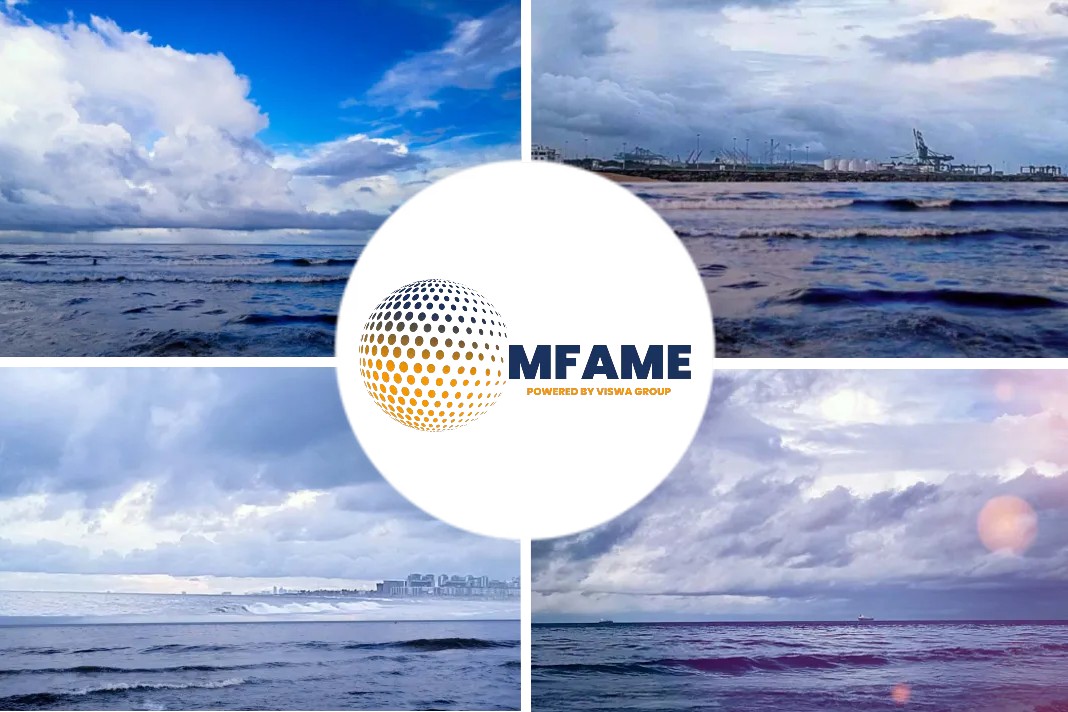In the latest issue of the Singapore Registry of Ships (SRS) E-Bulletin, the Maritime and Port Authority of Singapore (MPA) revealed that it conducted a trial for the inspection of ship tanks and holds using drones.
The inspection of ship tanks and holds can be a costly and time-consuming affair. The article notes that these structures are subject to harsh operating conditions. Hence, the coating condition, corrosion, damages and possible fatigue failures must be assessed on a regular basis so that timely repairs and remedial measures can be carried out to avoid catastrophic failures while the vessel is out at sea.
For ships such as large oil tankers and bulk carriers, these inspections have to be carried out in their cavernous tanks or cargo holds. The height of such structures poses a challenge to the inspection process and exposes surveyors to potentially dangerous situations.
Using drones to visually check the conditions of remote structural components has the potential to significantly reduce survey time and staging costs, while reducing the surveyors’ exposure to dangerous situations.
On 30th May 2017, the MPA, in collaboration with DNV GL and Pacific International Lines, carried out a trial drone survey on board a Singapore-registered container vessel, while the vessel was in Singapore’s anchorage.
The trial was conducted in an empty cargo hold with the hatch-covers closed to simulate a tank’s conditions. The commercially-available DJI Phantom 4 drone was used for the trial. The propeller guards were customised to allow plastic rods to be attached. This formed a “bird cage”, which acted as a vertical shield.
Lights were installed at both sides of the drone to illuminate the dark conditions. The drone was operated by a two-man team: one operator to pilot the drone, and one surveyor to observe the recordings and give directions. With the propeller guards in place, the team could fly the drone extremely close to the ship’s structure without fear of damage. The 4k camera allowed for high-resolution video footages to be taken.
The trial successfully demonstrated the drone’s ability to provide visual close-up of critical structures at difficult-to-reach locations. The surveyors could examine these structures via the hand-held tablet, while standing at the bottom of the cargo hold in relative safety. This would translate to potentially significant savings in time and costs.
The development of more advanced and better-customised drones by manufacturers has the potential to provide improved controls, more powerful cameras, thermal imaging capabilities, tank structure mapping, along with the possible capability of carrying out steel thickness gauging.
The article states that this and subsequent trials on different ship types will form the basis for Singapore to develop the requirements and guidelines for the approval and acceptance of using drones as an alternative survey method on Singapore ships.
Did you subscribe for our daily newsletter?
It’s Free! Click here to Subscribe!
Source: OpenGov Asia

















